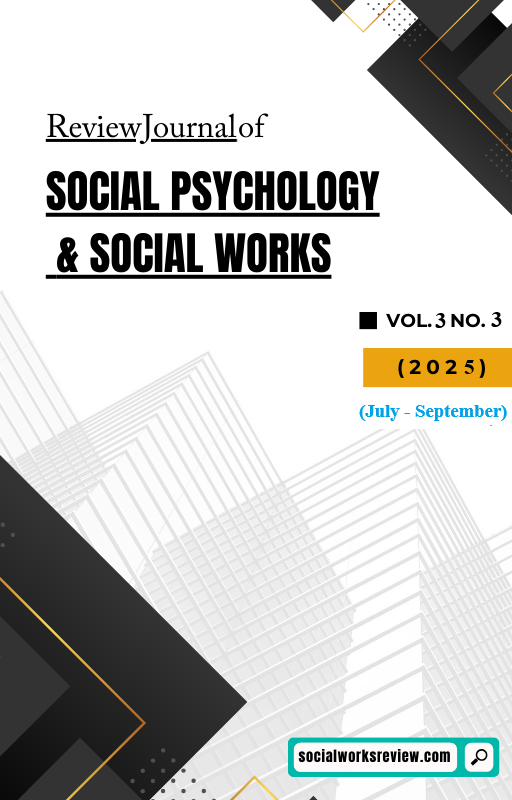Exploring Perceived Stress as Determinant of Academic Performance among University Students
DOI:
https://doi.org/10.71145/rjsp.v3i3.308Keywords:
Perceived Stress, Academic Performance, Gender Differences, University StudentsAbstract
Academic performance of students can be influenced by perceived stress in more stressing
academic environment. This paper examined how perceived stress is associated with academic
performance among the university students in Balochistan in Pakistan and the difference
between the genders. Convenient sampling was used to pick sample of 200 students (age range
= 17-25 year). Data were collected using Perceived stress scale and Academic performance
scale respectively. Analysis of data was done through Pearson correlation, linear regression
analysis and independent sample t-tests. It was observed in the data that there was weak and
negative but statistically significant relationship between perceived stress and academic
performance. Academic performance did not vary between genders, however, females reported
little higher level of stress. Through regression analysis it was observed that perceived stress
was significant predictor of academic performance. The findings are discussed in the light of
the previously reported findings on stress and academic performance. The findings also suggest
the relevance of stress management in educational settings.





